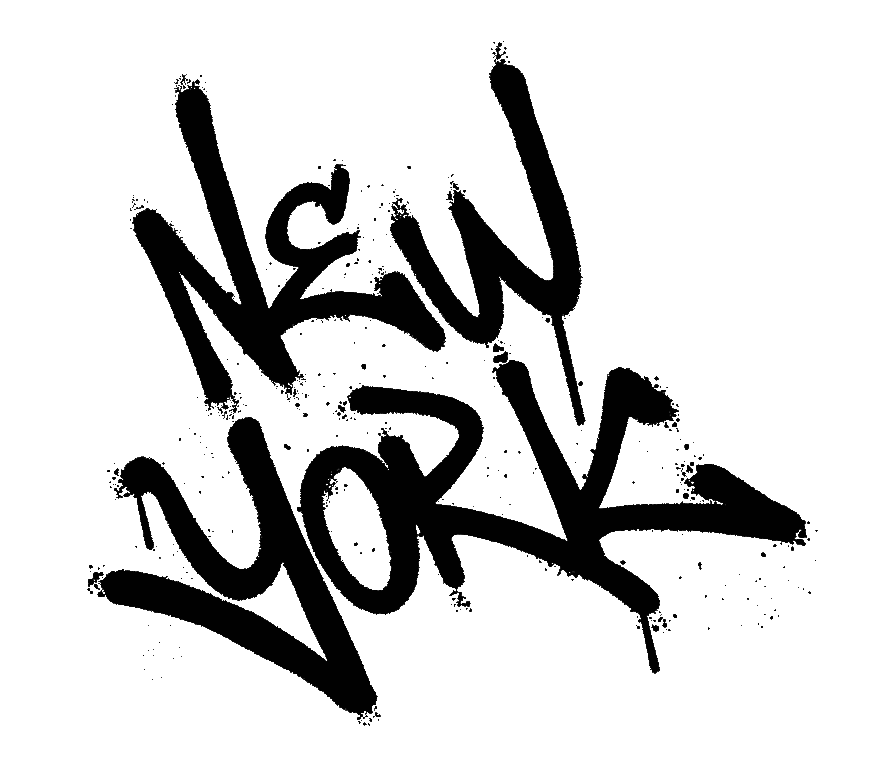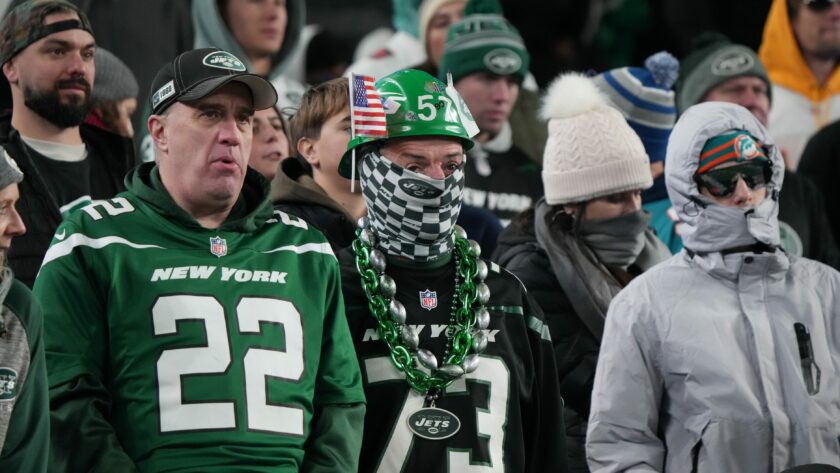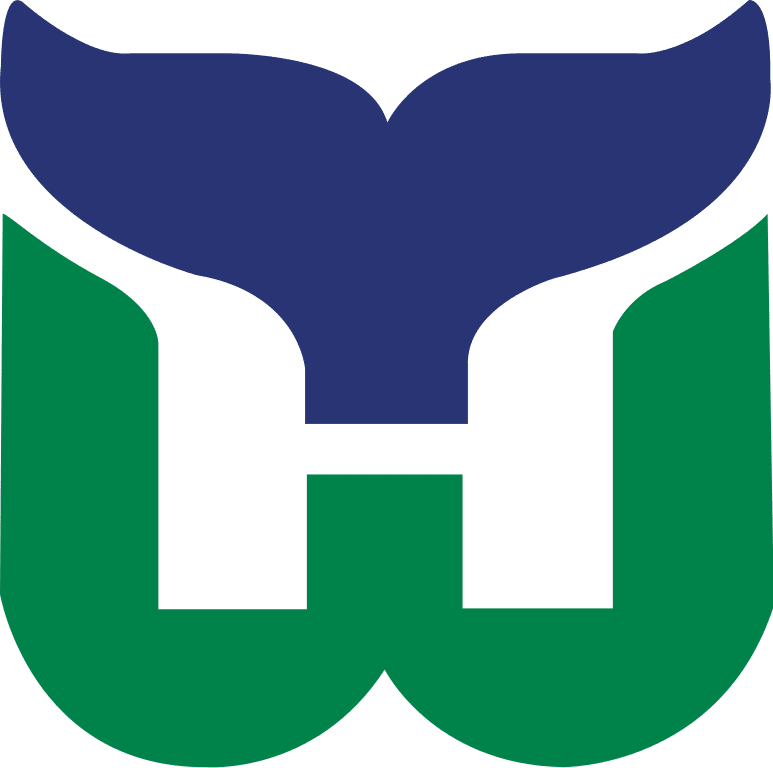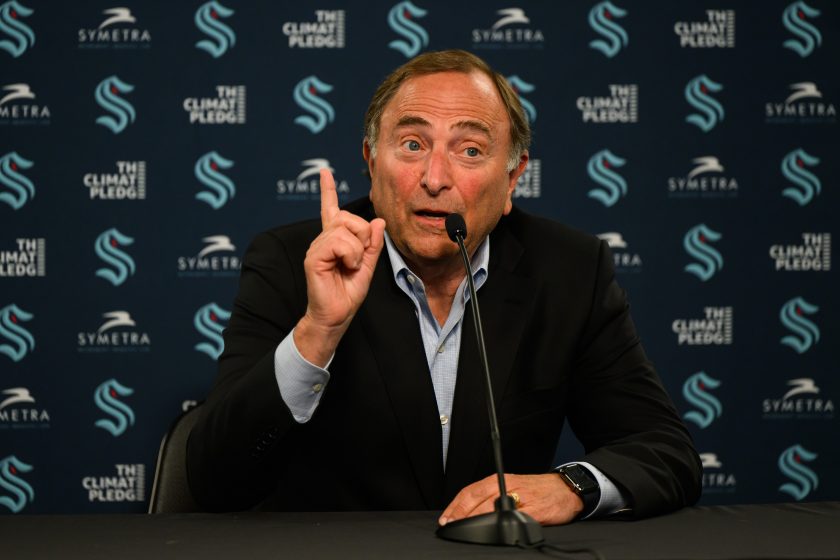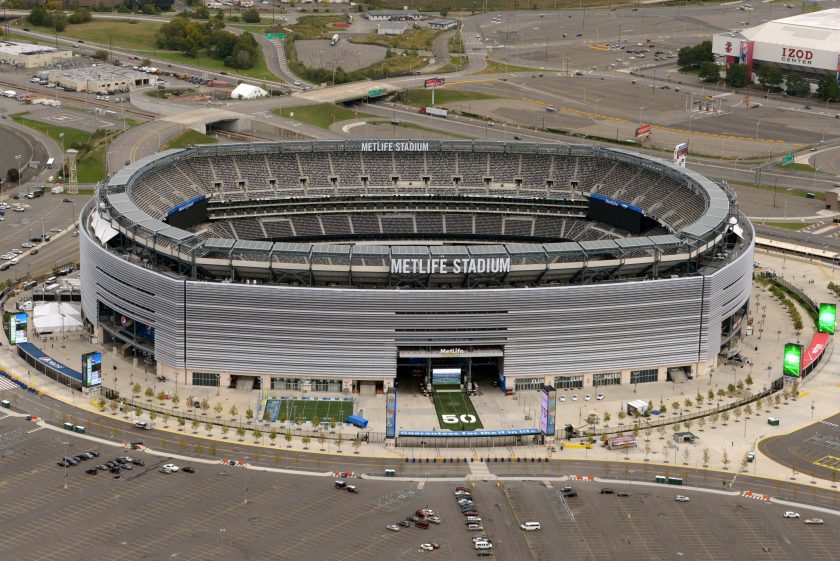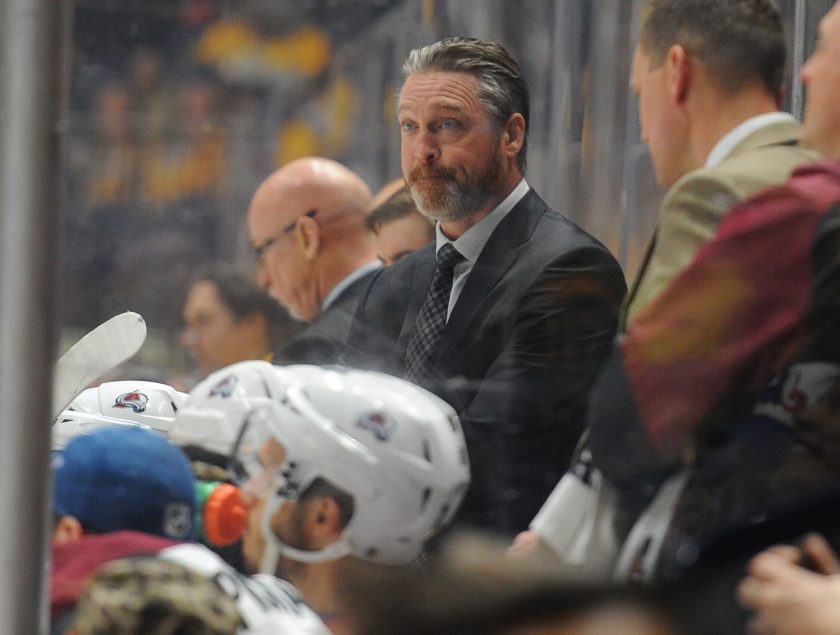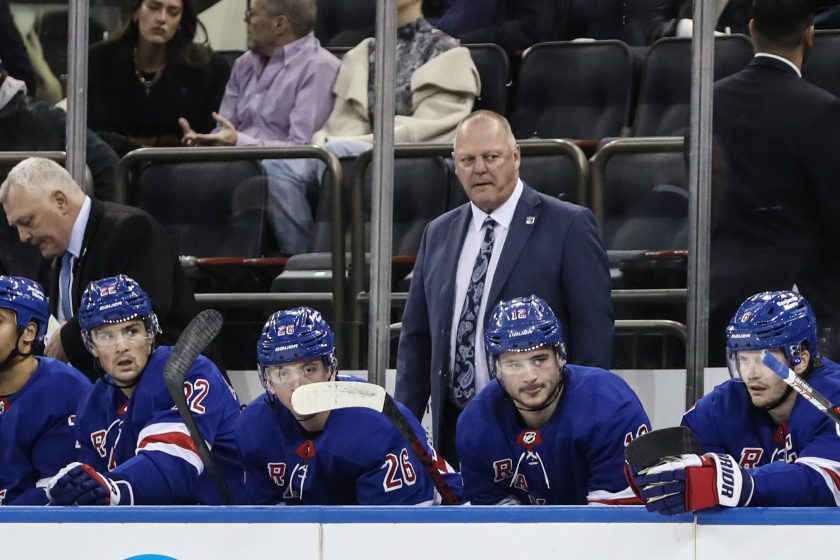Predicting the New York Rangers 2019-20 NHL season
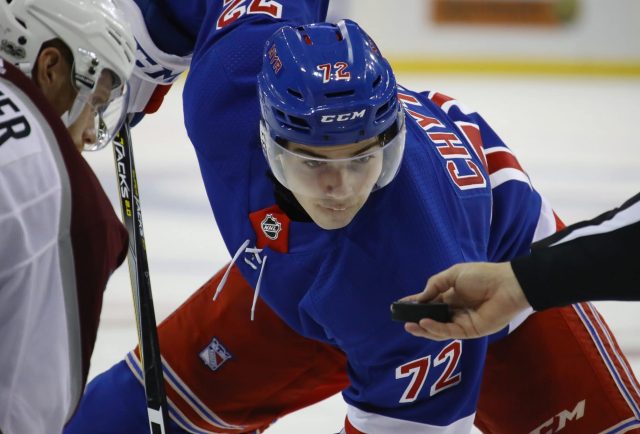
There’s plenty of hockey to be played in 2017-18 and a full 2018-19 season to come, but it’s never too early to look ahead.
Looking ahead and to the 2019-20 season for the New York Rangers is a fairly daunting task. It is difficult to make predictions about players and how their play will carry over two years from now.
Yet, the 2019-20 season will be a season of great hope. The depth at the center position will be corrected with a backbone of Mika Zibanejad, Filip Chytil, Lars Andersson, and Cristobal “Boo” Nieves. The defense should be rid of archaic defenseman Marc Staal and inept defenseman Nick Holden. And, finally, the goaltending position will be held down by veteran Henrik Lundqvist with a young stud backup, Igor Shestyorkin.
Now, all of what I plan on mentioning involves plenty of ifs, maybes, and hopes. But, most of my assertions are possible and even probable.
Here is a projection of what the Rangers will look like in 2019-2020:
Chris Kreider Mika Zibanejad Pavel Buchnevich
J.T. Miller Filip Chytil Mats Zuccarello
Jimmy Vesey Lias Andersson Jesper Fast
TBD Boo Nieves TBD
Ryan McDonagh Kevin Shattenkirk
Brady Skjei Brendan Smith
Sean Day TBD
Henrik Lundqvist
Igor Shestyorkin
Now, there is a lot to explain regarding these lineups. Rick Nash, Kevin Hayes, Michael Grabner, David Desharnais, Nick Holden and Marc Staal are among the names that are not in this lineup. Why?
Nash, Grabner, Desharnais, and Holden are more than likely going to be let go, or traded, before the 2019-20 season. Marc Staal, if his play continues to decline, will invariably be bought out by 2019-20. Hayes is another name the team may let walk.
There has been speculation amongst the Rangers media that the team will have to choose between Hayes and J.T. Miller this offseason. Due to Miller’s offensive superiority, ambidexterity regarding forward position play, and superior skating ability, he is far more likely to be selected between the two. He will likely be utilized as a top-six wing for the Rangers.
[sc name=”Rangers Center”]The KZB line looks to remain intact, pending on the signing of RFA Pavel Buchnevich in the 2019 offseason, which is beginning to seem more and more inevitable by the day. Kreider and ZIbanejad will remain signed for the 2019-20 season. The line will only grow through experience and develop strong chemistry, allowing the Rangers to have a top line that could compete with the best in the NHL.
The second forward line will have veteran Mats Zuccarello, barring he is resigned as a UFA in the 2019 offseason, skilled and exciting prospect Filip Chytil and J.T. Miller. This is a line that will bring remarkable offensive skill and playmaking ability. Despite potential defensive deficiencies, the line will be a consistently explosive option, one that can bring the Rangers timely offense when needed.
Centered by the do it all, two-way center Lias Andersson, the third line looks to be more well rounded than the top-six. With a net front, offensive depth player in Jimmy Vesey, who will hopefully be resigned in the 2018 offseason, and a defensive minded, skilled and physical player in Jesper Fast, the line can be the most trusted of the Rangers forward units.
The fourth line is a line that will be, hopefully, skilled and fast, and will contain offensive depth player Boo Nieves, who will be signed as an RFA in the 2018 offseason and two mystery players. These mystery players, for the line to be successful, must be a pair of two-way, forechecking players. It is imperative that they do not take a player of top-six, skilled offensive quality, like a Pavel Buchnevich, and expect him to succeed in a fourth line role. Deployment and role players are key to success.
The defense is one that will be lethal and one that can carry the puck from end to end, smoothly and successfully. If deployment is executed properly, poor defensive players like Kevin Shattenkirk and Sean Day will be able to flourish sticking to their one-sided role. The pairings listed above will be dual defensive threats that can cover one another’s deficiencies. The mystery player on the third defensive pairing has to be a player that can skate and play the role of a depth, shutdown defenseman.
The goaltending situation is ideal. A veteran, future Hall of Fame goalie and a future star goaltender in the NHL will split time in between the pipes. Lundqvist, hopefully, can maintain his dominance in the NHL until then while simultaneously providing a mentor role to young Russian goaltender Igor Shestyorkin. By the end of Lundqvist’s contract in 2021-2022, Shestyorkin should be able to make a seamless transition to becoming a NHL starting goaltender.
Finally, there is one more pressing issue that is continuing to serve as a detriment to the Rangers; this is head coach Alain Vigneault. Vigneault will be spending the 2019-2020 season continuing to plague the Rangers organization with costly decisions regarding young players and player deployment. Hopefully, as asinine as it sounds, Vigneault is relieved of his duties by this point in time so young prospects like Chytil, Andersson and Day will get the significant playing time that they will deserve.
The future is difficult to predict. Yet, it is a bright one for the New York Rangers. With a projected lineup such as this one, the Rangers look to be a competitive, dynamic and skilled team for many years to come.
[sc name=”Rangers Link Next” link=”https://elitesportsny.com/2017/12/19/new-york-rangers-4-anaheim-ducks-1-highlights/” text=”Paul Carey, Henrik Lundqvist Carry Rangers To 4-1 Victory Over Ducks (Highlights)” ] [sc name=”Rangers Section”]